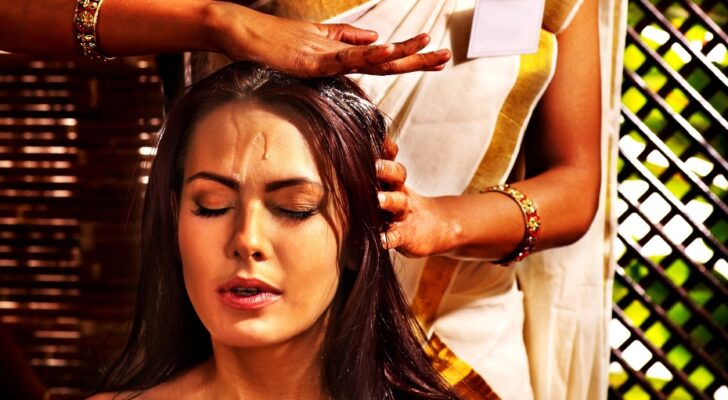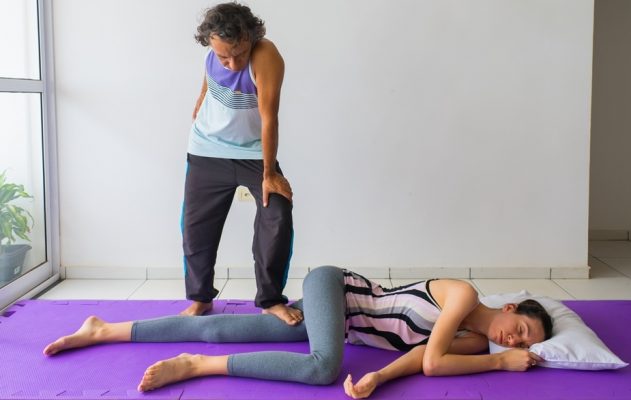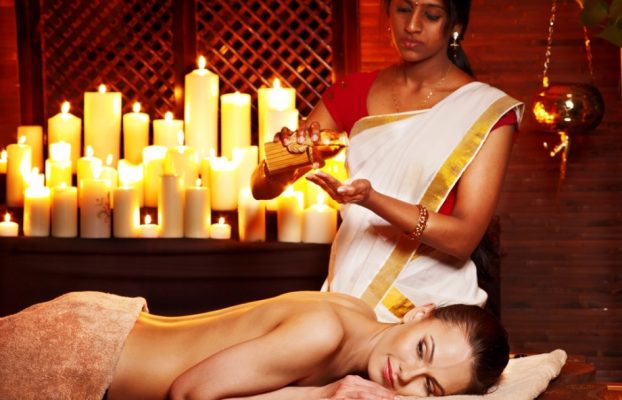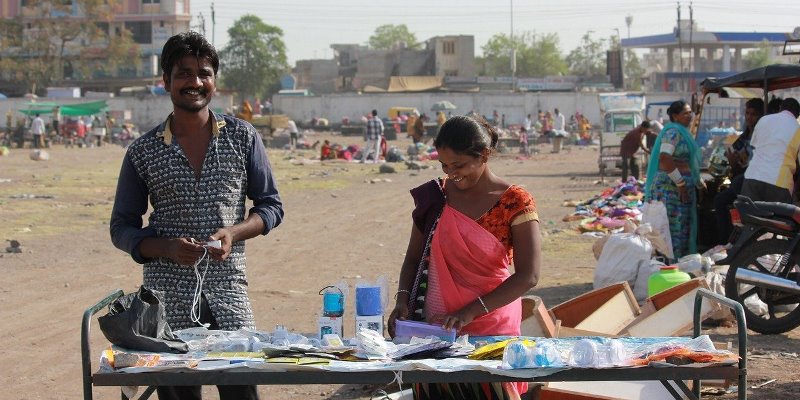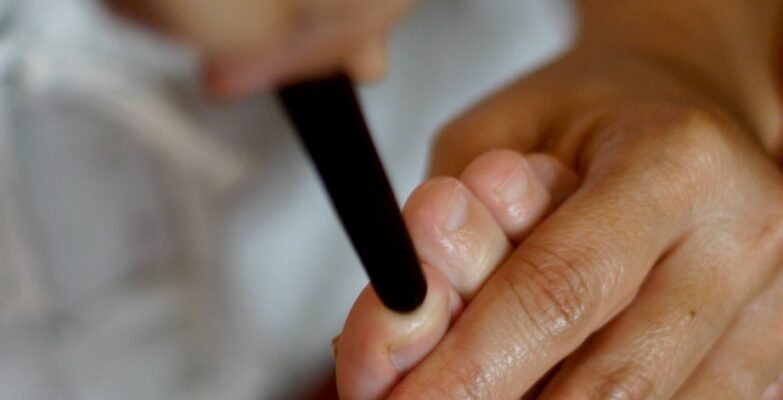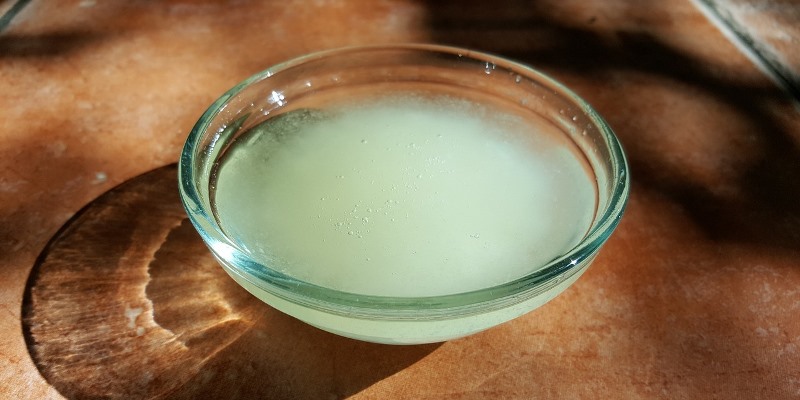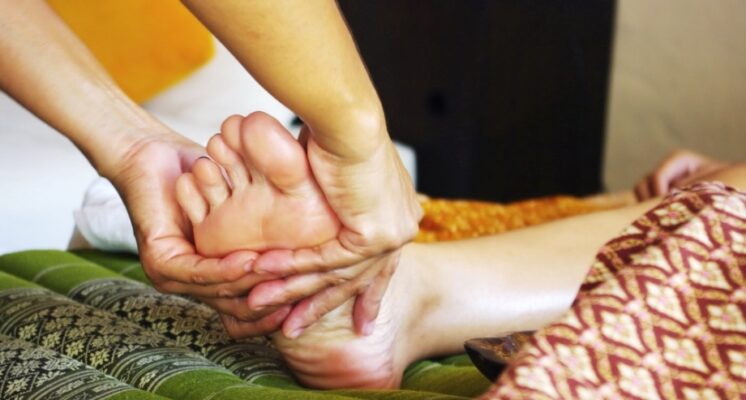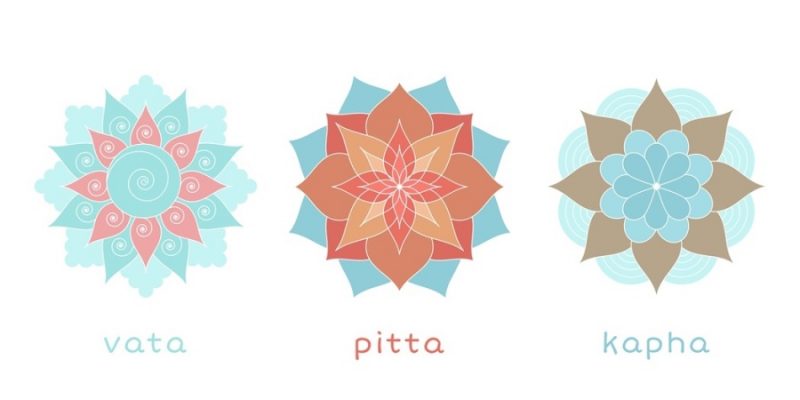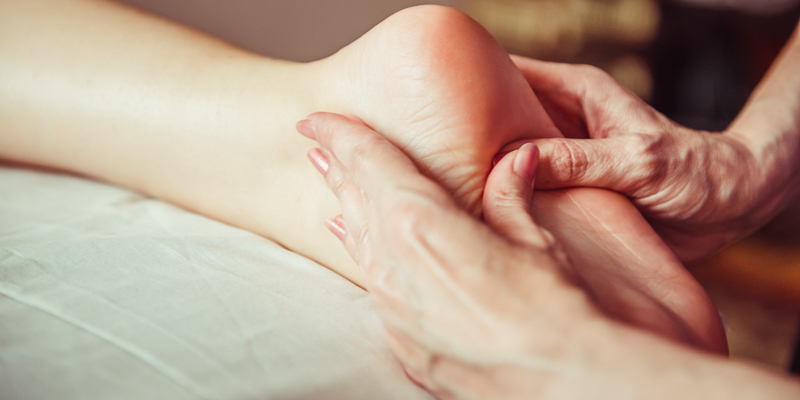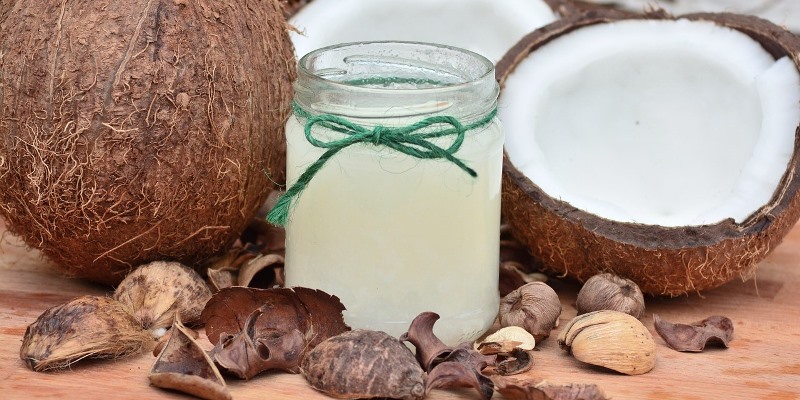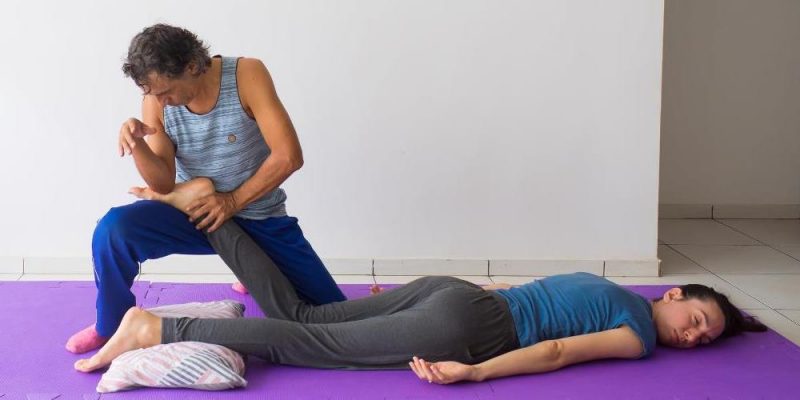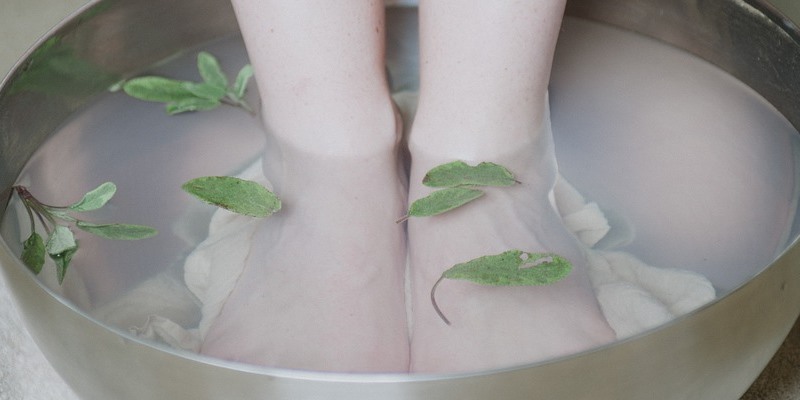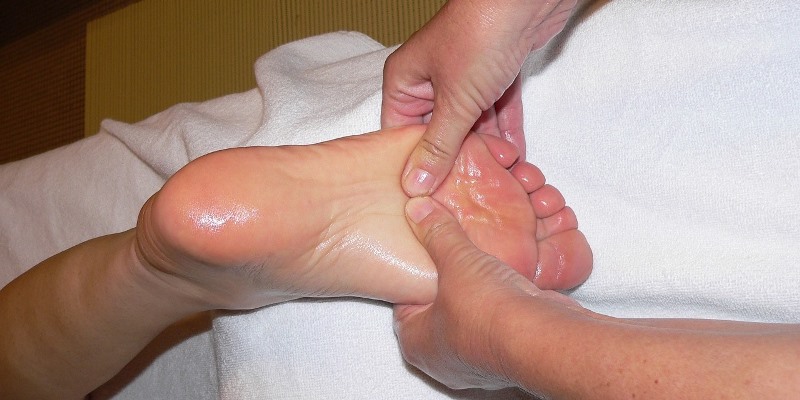
The Pada Abhyanga treatment modality — also known as Padabhyangam — is an Ayurvedic Foot Massage. Pada means “Foot” and Abhyanga means “Oil Massage.” The typical oils used for the treatment are Sesame oil and Coconut oil, but medicated Ghee (Indian clarified butter) is a common alternative.
Marma Therapy
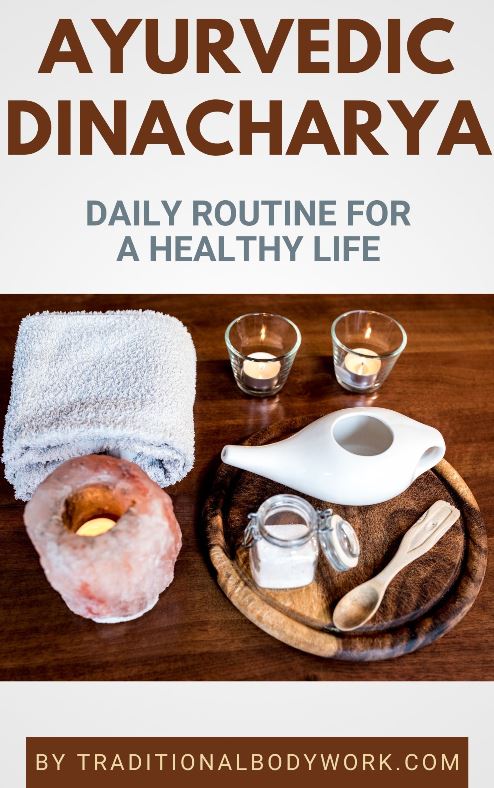
In Ayurvedic medicine it’s believed that the body has 107 (or 108) special acupressure points, called Marma points, where each point has different effects on various parts of the body and corresponds to specific functions and bodily tissues. Several of these points, five to be exact, are located in the feet. As such, an Indian Foot Massage is considered an important massage modality with therapeutic qualities.
These five Marma points on the feet influence our respiration and circulation functions, the muscular system, digestive processes, the functioning of heart and lungs, and joint movements.
Apart from its therapeutic qualities, giving a Foot Massage holds a special place in Indian culture, where touching (or massaging) the feet shows deep respect for elders.
Pada Abhyanga Treatment Session

A Pada Abhyanga massage treatment session usually takes about half an hour and is soothing and relaxing, while helping to sleep better, and as already said, it may likewise alleviate certain discomforts or illnesses.
A Foot Massage session can basically be given at any time of the day (done by you for yourself or for someone else), but traditionally in India the treatment is applied late in the evening or just before bedtime.
Pada Abhyanga can be given as a stand-alone treatment modality or as part of a Whole-Body Abhyanga Oil Massage.
Health Benefits of Pada Abhyanga
Some of the supposed health benefits are:
- Relaxes the central nervous system;
- Improves or maintains eyesight and hearing;
- Promotes better sleep;
- Improves blood and lymph circulation;
- Alleviates fatigue of the legs;
- Helps prevent sciatica;
- Relaxes ligaments, vessels and muscles of the feet;
- Reduces stress, depression and anxiety;
- Alleviates epilepsy and hypertension;
- Combats sprains, cramps, and numbness of the feet and legs;
- Prevents roughness and cracks of the feet soles.
Kanza Pada Abhyanga
Kanza Pada Abhyanga is a variant of Pada Abhyanga. This type of Foot Massage uses a small Kasa bowl to apply the treatment. The bowl is usually made of copper and tin, and is also called Kansya, Kansa, or Kasa, which means bronze in the ancient Sanskrit language. The treatment is specifically aimed at balancing the three Doshas.
You will also find Kanza Pada Abhyanga labeled as Kansa Vatki Foot Massage.
A Kansa session is done by heating the Kansa bowl and dipping it in herbal oil (or alternatively dipping it in warm oil). The bowl (when not too hot any longer) is then used to massage the bottom of the feet in circular motions and with strokes.





